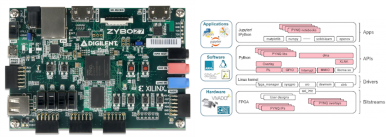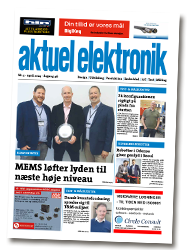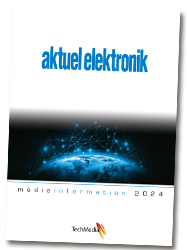
Internet of Things (IoT) is no longer just a buzz word. Recently, you can see a range of IoT applications in different industries and consumer electronics markets. The popular IoT applications include SMART home, wearable, connected car, Industrial IoT and precision farming. Python is commonly used in IoT application development because of its simplicity and readability. It is the right choice for data analysis in IoT systems. Because of the large community, developers can find help and libraries as and when required. It is the ideal language for data-intensive applications.
Xilinx PYNQ is a new open-source framework that enables embedded programmers to exploit the capabilities of Xilinx Zynq All Programmable SoCs (APSoCs) without having to design programmable logic circuits. The programmable logic circuits are imported as hardware libraries and programmed through their APIs in essentially the same way that the software libraries are imported and programmed. Using Python within PYNQ enables easy access and use of high-level frameworks, including those which connect us to the Internet of Things (IoT) and cloud-based services.
Adam Taylor, an expert in embedded systems design, uses Xilinx PYNQ image, Python, Digilent ZYBO Z7, Xilinx Zynq Soc Platform, Xilinx Zynq SoC Platform, Digilent Pmod ALS Ambient Light Sensor, IFTTT Hue service and adafruit.io to create an IoT application. Adam firstly puts PYNQ on ZYBO Z7 and then writes the application on Python. After that, he connects the hardware (Zybo Z7 + Pmod ALS) with the Internet and makes use of Adafruit.io and IFTTT to run the IoT application.
You can find the project details at Digilent Project Page. Additional Information on Xilinx FPGA / SoC Development can be found weekly on MicroZed Chronicles.


